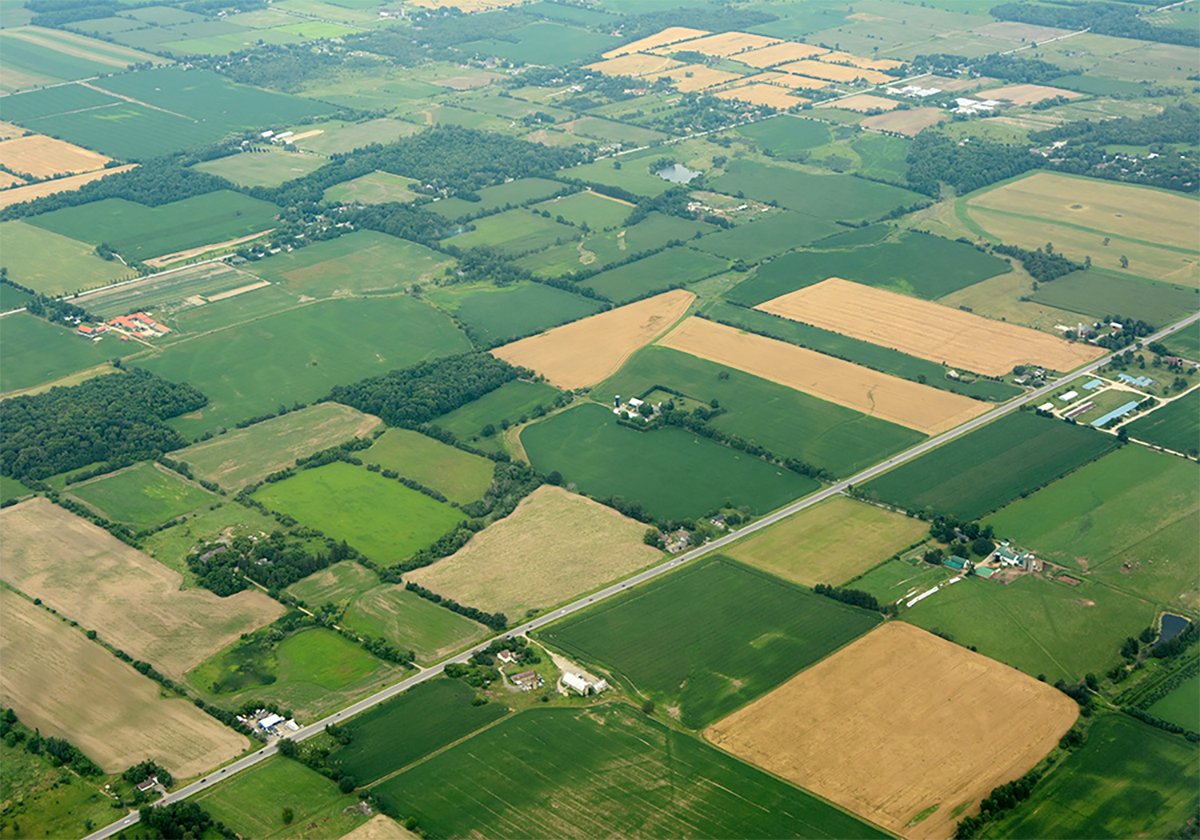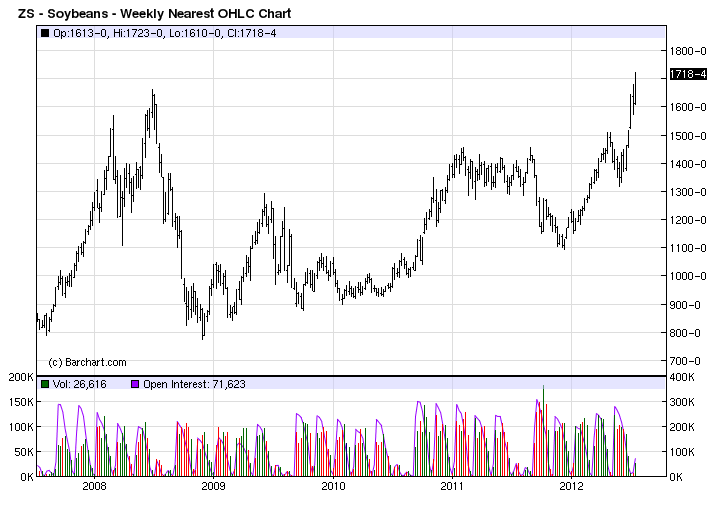I’m glad I wrote this in a blog post around the time the markets were peaking in mid-July last summer:
“The scariest time is between now and when the crop comes in. High prices are out there. Many farmers are scared to lock in too much until they know it’s safe. If there’s a parabolic collapse, then this could all be lost. So as I always caution at these times, think about buying some insurance. Check out new crop put options and decide how much you’re willing to pay to protect these prices. It’ll be nice if they keep rising, but since we’re living in historical times, it’s worth learning from history, and history says sudden spikes also often suddenly disappear.”
Read Also

Higher farmland taxes for investors could solve two problems
The highest education and health care land tax would be for landlords, including investment companies, with no family ties to the land.
That was when corn futures were at $8.08 per bushel and soybeans were at $17.18. (The following is from a chart I ran with that post:)
I didn’t say that was going to be the peak of the market (it wasn’t quite) and I was personally hoping to see corn hit plus-$10 and soybeans plus-$20 because that would have been really cool. But I’m glad I could spot the danger at that time and a way to deal with it.
In reality there was no parabolic collapse, so farmers had some time to lock-in very high prices, just maybe not ones based on $8 corn and $17 soybeans. But from around that midsummer point crop prices did indeed subside and have steadily trended down since – an ugly truth we’re living with now.
I haven’t checked back through all most posts and columns of the time yet, so I might have been suggesting people lock-in prices well beneath the peak of prices in 2012. (That would have been typical of risk-averse Ed.) But I’m going to have a look to see today what I was thinking back then.
That’s probably a good learning experience for everyone. Look back at what you were thinking during the 2012 market rally and its aftermath and see what you got right, what you got wrong, what luck you had and what misfortunes you suffered.
Did you peg that thing right? Did you protect yourself against the downside? How good was your judgement going through that thing?
If your judgement was good, congratulations and you might have reason to trust your own judgement. If you were way off, if you didn’t price your crops until mid-winter, then maybe you should think about how to compensate for your lack of marketing wisdom. Was it a blip, or do you always make the wrong calls?
I don’t know if people often look back on what they were thinking in the past as a way of assessing their own wisdom, but a big event like the 2012 drought and its aftermath provide an opportunity to do it pretty effectively – and learn.
















